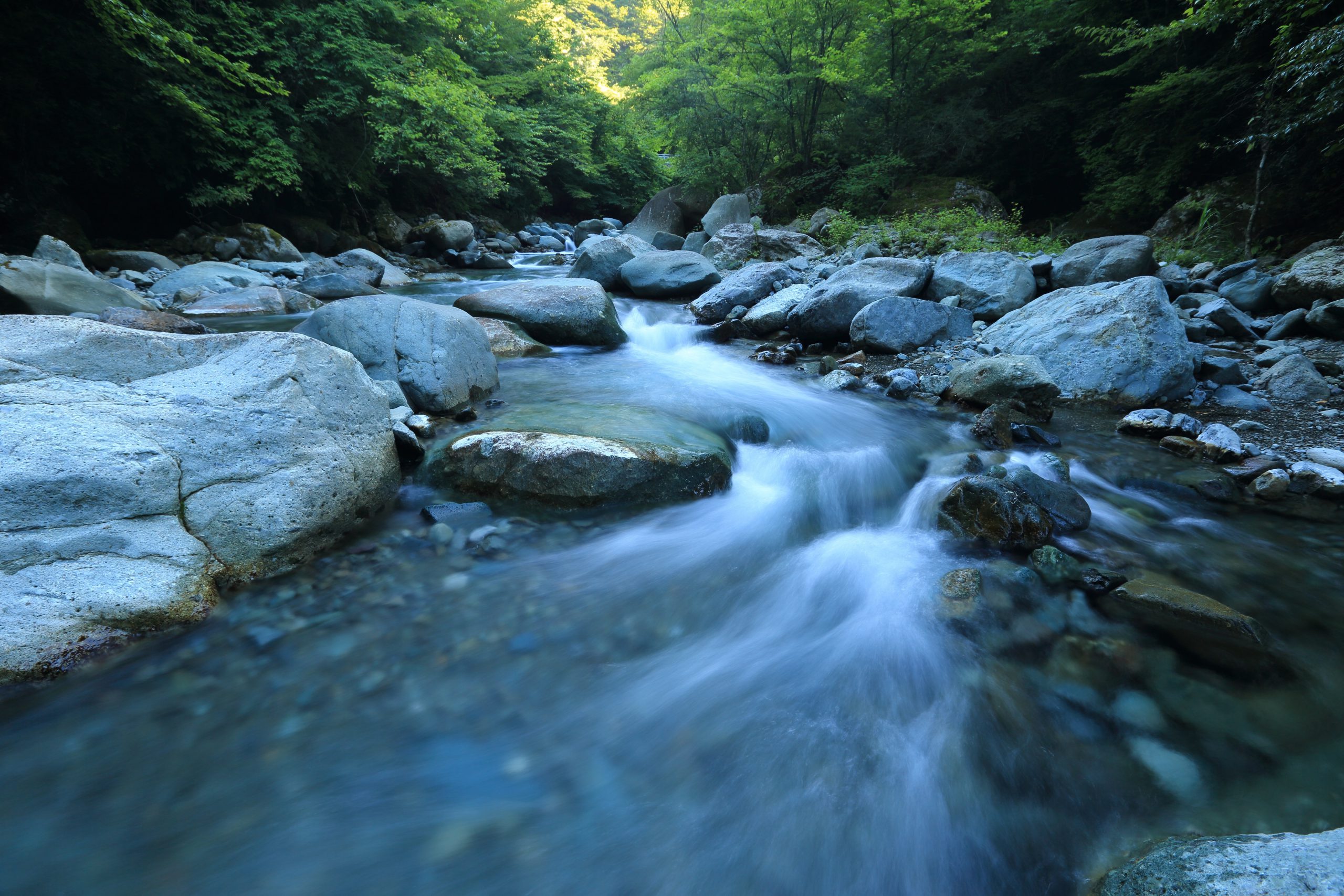Clean water – essential and irreplaceable
Drinking water is of paramount importance and concern to British Columbians, and rightly so. Water is central to everything in BC – the survival of plants and animals, the well-being of residents, the health of the economy, and the beauty of the natural landscapes. Watersheds and aquifers are wonderfully resilient systems, and will provide quality water for present and future generations if we look after them well.
Water suppliers use a multi-barrier approach (MBA) – an integrated system of procedures, processes and tools that collectively prevent or reduce the contamination of drinking water from source to tap – to reduce risks to public health. The MBA includes selecting the best available water source and protecting it from contamination (‘source water protection’), using effective water treatment, and preventing water quality deterioration in the distribution system. Coordinated and collaborative actions upstream of water treatment help communities not only effectively achieve drinking water goals, but also delivers cumulative socio-economic benefits and ecological services. This toolkit provides a road map and tools for source protection, and is intended for the local government, irrigation and improvement district, and First Nations staff who are responsible for providing drinking water to their communities in British Columbia.
It is important to acknowledge that local governments and water suppliers are operating in the traditional and unceded territories of Indigenous peoples. In the Okanagan, these are the Syilx/Okanagan Nation and the Splatsin territories. Water is a key aspect of reconciliation, and local governments can play an important role in building positive relationships with Indigenous communities based on mutual respect, understanding, and a common vision for the future. Source protection planning processes are strengthened when Indigenous values, knowledge, and leadership are included from the start. The siwɬkʷ (Water) Declaration can help local governments and water suppliers improve their cultural understanding and engagement with Indigenous peoples.
This toolkit shows that the case is clear: water suppliers have an excellent opportunity to develop and carry out robust, watershed-scale source water protection programs. Most often, these programs are built from the ground up through locally driven initiatives with provincial government support, not the other way around. We can draw from the successes of others, and gain insight from their lessons learned. The benefits of source water protection start immediately, and the long-term dividends are vast.
Let’s get started.




